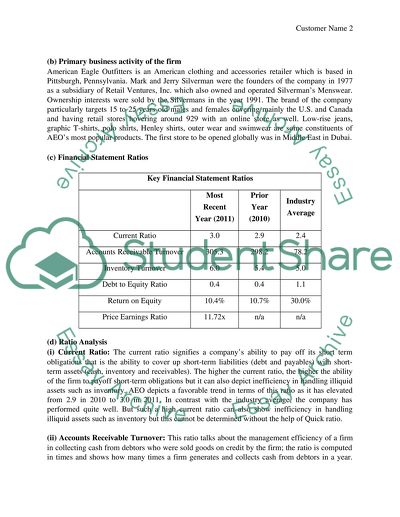FINANCIAL STATEMENT ANALYSIS Assignment Example | Topics and Well Written Essays - 250 words. Retrieved from https://studentshare.org/finance-accounting/1582250-financial-statement-analysis
FINANCIAL STATEMENT ANALYSIS Assignment Example | Topics and Well Written Essays - 250 Words. https://studentshare.org/finance-accounting/1582250-financial-statement-analysis.


